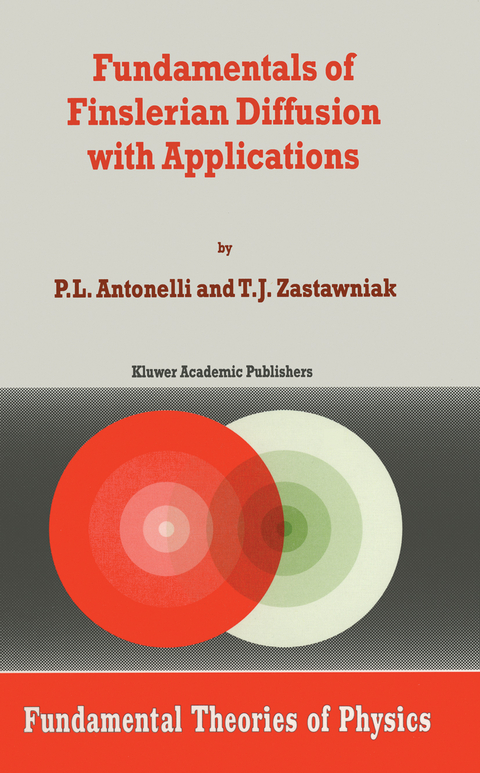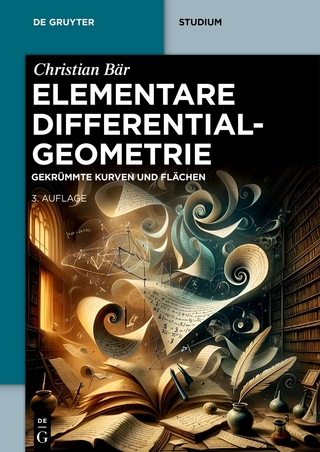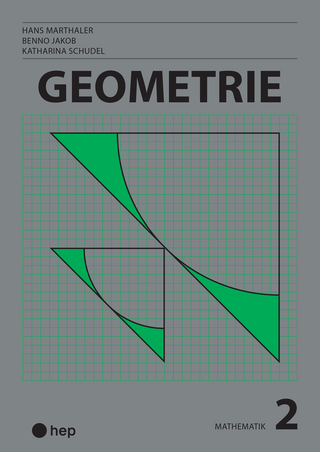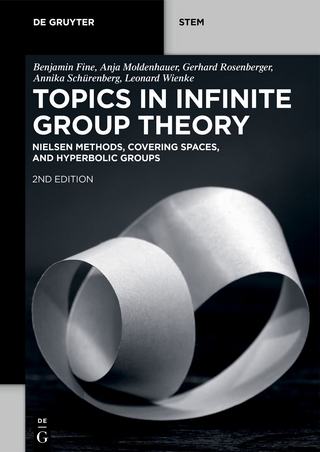
Fundamentals of Finslerian Diffusion with Applications
Springer (Verlag)
978-0-7923-5511-3 (ISBN)
1 Finsler Spaces.- 1.1 The Tangent and Cotangent Bundle.- 1.2 Fiber Bundles.- 1.3 Frame Bundles and Linear Connections.- 1.4 Tensor Fields.- 1.5 Linear Connections.- 1.6 Torsion and Curvature of a Linear Connection.- 1.7 Parallelism.- 1.8 The Levi-Cività Connection on a Riemannian Manifold.- 1.9 Geodesics, Stability and the Orthonormal Frame Bundle.- 1.10 Finsler Space and Metric.- 1.11 Finsler Tensor Fields.- 1.12 Nonlinear Connections.- 1.13 Affine Connections on the Finsler Bundle.- 1.14 Finsler Connections.- 1.15 Torsions and Curvatures of a Finsler Connection.- 1.16 Metrical Finsler Connections. The Cartan Connection.- 2 Introduction to Stochastic Calculus on Manifolds.- 2.1 Preliminaries.- 2.2 Itô’s Stochastic Integral.- 2.3 Ito Processes. Itô Formula.- 2.4 Stratonovich Integrals.- 2.5 Stochastic Differential Equations on Manifolds.- 3 Stochastic Development on Finsler Spaces.- 3.1 Riemannian Stochastic Development.- 3.2 Rolling Finsler Manifolds Along Smooth Curves and Diffusions.- 3.3 Finslerian Stochastic Development.- 3.4 Radial Behaviour.- 4 Volterra-Hamilton Systems of Finsler.- 4.1 Berwald Connections and Berwald Spaces.- 4.2 Volterra-Hamilton Systems and Ecology.- 4.3 Wagnerian Geometry and Volterra-Hamilton Systems.- 4.4 Random Perturbations of Finslerian Volterra-Hamilton Systems.- 4.5 Random Perturbations of Riemannian Volterra-Hamilton Systems.- 4.6 Noise in Conformally Minkowski Systems.- 4.7 Canalization of Growth and Development with Noise.- 4.8 Noisy Systems in Chemical Ecology and Epidemiology.- 4.9 Riemannian Nonlinear Filtering.- 4.10 Conformai Signals and Geometry of Filters.- 4.11 Riemannian Filtering of Starfish Predation.- 5 Finslerian Diffusion and Curvature.- 5.1 Cartan’s Lemma in Berwald Spaces.- 5.2 Quadratic Dispersion.- 5.3Finslerian Development and Curvature.- 5.4 Finsleriam Filtering and Quadratic Dispersion.- 5.5 Entropy Production and Quadratic Dispersion.- 6 Diffusion on the Tangent and Indicatrix Bundles.- 6.1 Slit Tangent Bundle as Riemannian Manifold.- 6.2 hv-Development as Riemannian Development with Drift.- 6.3 Indicatrized Finslerian Stochastic Development.- 6.4 Indicatrized hv-Development Viewed as Riemannian.- A Diffusion and Laplacian on the Base Space.- A.1 Finslerian Isotropic Transport Process.- A.2 Central Limit Theorem.- A.3 Laplacian, Harmonic Forms and Hodge Decomposition.- B Two-Dimensional Constant Berwald Spaces.- B.1 Berwald’s Famous Theorem.- B.2 Standard Coordinate Representation.
| Erscheint lt. Verlag | 31.12.1998 |
|---|---|
| Reihe/Serie | Fundamental Theories of Physics ; 101 |
| Zusatzinfo | VII, 205 p. |
| Verlagsort | Dordrecht |
| Sprache | englisch |
| Maße | 155 x 235 mm |
| Themenwelt | Mathematik / Informatik ► Mathematik ► Geometrie / Topologie |
| Naturwissenschaften ► Biologie ► Evolution | |
| ISBN-10 | 0-7923-5511-3 / 0792355113 |
| ISBN-13 | 978-0-7923-5511-3 / 9780792355113 |
| Zustand | Neuware |
| Haben Sie eine Frage zum Produkt? |
aus dem Bereich


